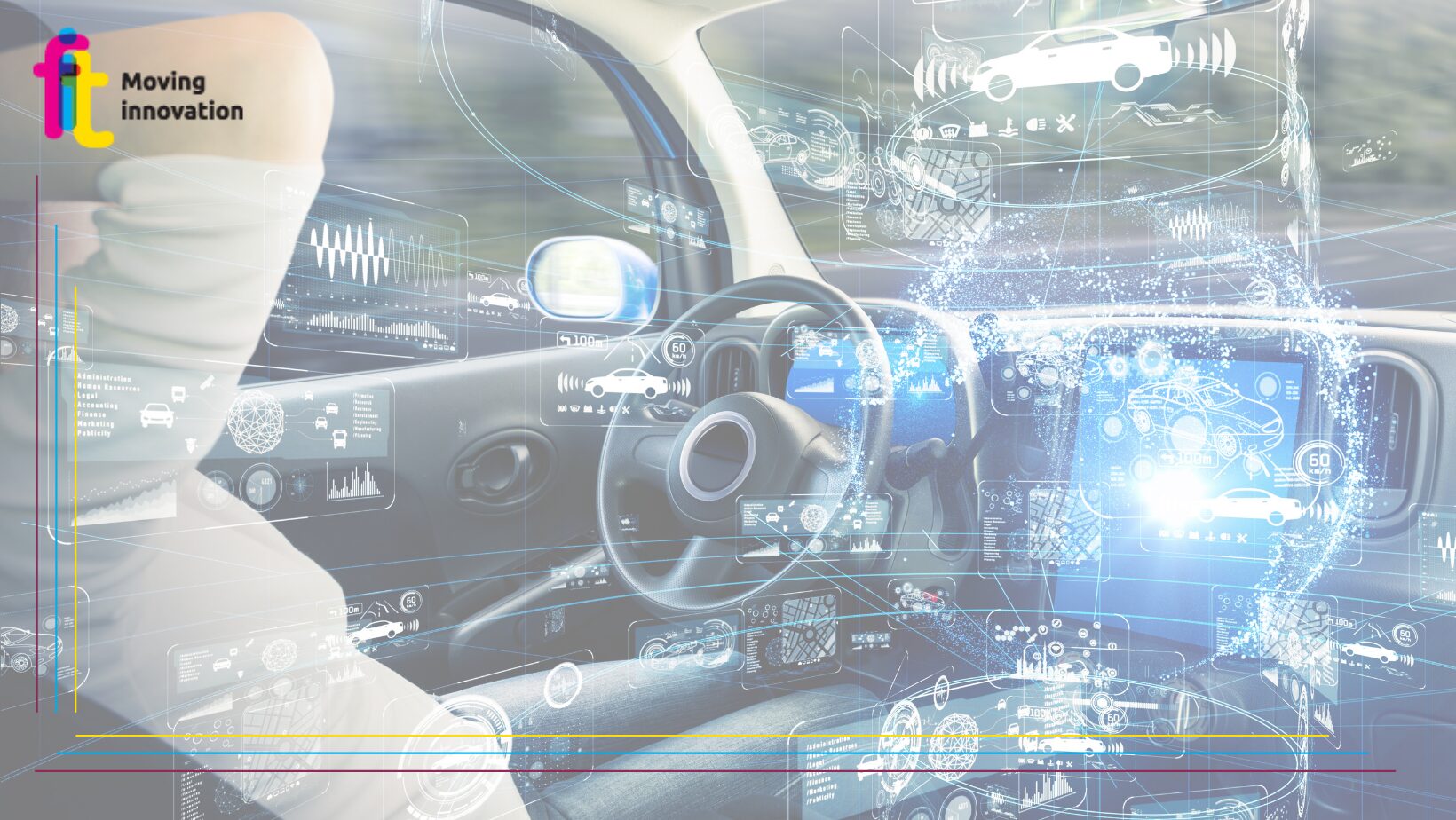Is autonomous driving safer than human driving? The results of the University of Central Florida study
In recent days, we have told you about the introduction of Level 3 autonomous driving in Germany, thanks to BMW’s innovative Personal Pilot system that allows the driver to take both his attention off the road and his hands off the wheel.
However, the safety of autonomous vehicles remains the central issue and the question we are all still asking is: is autonomous driving really safe? Trying to answer this question was a study published in the journal Nature Communications by two researchers from the University of Central Florida.
The answer is clear: self-driving vehicles generally have fewer accidents than conventional vehicles, but are even more dangerous when turning and in low light conditions, for example at dawn or dusk. How was this conclusion reached? Researchers Mohamed Abdel-Aty and Shengxuan Ding, reports Ansa, conducted the analysis by comparing accident data collected (mostly in California) from 2,100 autonomous and 35,133 human-driven vehicles between 2016 and 2022.
Data was collected from various sources, including police reports, vehicle registrations and sensor data, to ensure a complete and accurate view of the accidents analysed. The authors used advanced statistical techniques to identify patterns and trends in the data, providing an in-depth understanding of the safety differences between autonomous and human-driven vehicles.
The robustness of the dataset and the rigorous methodological approach allowed the authors to draw reliable and meaningful conclusions about the performance of autonomous driving vehicles in various driving situations.
The results of the study showed that autonomous vehicles are generally safer and less likely to be involved in accidents during usual driving activities, such as maintaining position in the lane and adapting to the flow of traffic. Autonomous vehicles also proved to be safer in rear and side collisions (0.5 and 0.2 times less common, respectively).
Human error, in fact, is the main cause of road accidents, posing a persistent challenge to public safety. Autonomous vehicles, equipped with sophisticated sensors and advanced algorithms, are designed to reduce this risk.
Their ability to accurately navigate traffic, maintain lane position and adapt to traffic flow therefore makes them potentially safer than human drivers. In addition, autonomous vehicles are able to communicate with each other and with the road infrastructure, further improving safety and traffic efficiency.
However, current data show that autonomous vehicles are more prone to accidents in specific situations, such as in low-light conditions at dawn or dusk (five times more at risk) and when making turns (almost twice as risky as human-driven vehicles).
Consequently, although the results are promising, there are still technological limitations that need to be addressed to ensure the safety of autonomous vehicles in all circumstances. These, then, could be the areas on which to focus efforts to improve the performance of autonomous driving technology to match or exceed human capabilities.
For more information: https://www.meteoweb.eu/2024/06/guida-autonoma-o-guida-umana-la-verita-su-qual-e-piu-sicura/1001492161/?amp=1









